Description
Carbon Adsorbents: The Unsung Heroes of Purification and Beyond
In a world increasingly focused on sustainability and environmental protection, the role of carbon adsorbents is becoming ever more crucial. These materials, often overlooked, are quietly working behind the scenes to purify our air and water, capture valuable resources, and drive innovation across a diverse range of industries.
But what exactly are carbon adsorbents, and why are they so effective?
Understanding Adsorption: A Surface Phenomenon
The magic of carbon adsorbents lies in the process of adsorption, not to be confused with absorption. Adsorption is a surface phenomenon where molecules of a substance (the adsorbate) adhere to the surface of a solid material (the adsorbent). Think of it like tiny magnets attracting and holding specific particles onto their surface.
Carbon materials excel at adsorption due to their:
- High Surface Area: Carbon adsorbents are typically porous, possessing an incredibly large surface area packed into a small volume. This vast surface provides ample opportunity for adsorbate molecules to bind. Imagine a single teaspoon of activated carbon having a total surface area equivalent to a football field!
- Chemical Inertness: Carbon is relatively unreactive, meaning it won’t chemically react with the substances it’s meant to adsorb. This is crucial for maintaining the integrity of the adsorbent and ensuring its effectiveness.
- Tunable Properties: Depending on the source material and processing methods, the properties of carbon adsorbents can be tailored to specifically target and capture desired substances.
A Versatile Family: Types of Carbon Adsorbents
The term “carbon adsorbent” encompasses a variety of materials, each with unique characteristics and applications. Some of the most common types include:
- Activated Carbon: This is the workhorse of the carbon adsorbent family. Produced by treating carbonaceous materials like coal, wood, or coconut shells with high temperatures and activating agents, activated carbon boasts exceptional porosity and a wide range of applications.
- Activated Carbon Fibers (ACFs): ACFs are produced in fiber form, offering even faster adsorption rates than granular activated carbon due to their smaller pore size and more accessible surface area.
- Carbon Nanotubes (CNTs): These cylindrical structures, made of rolled-up sheets of graphene, possess exceptional strength, electrical conductivity, and adsorption capacity. While more expensive to produce, CNTs offer significant advantages for specific applications.
- Graphene: This two-dimensional sheet of carbon atoms boasts the highest theoretical surface area and exceptional electron mobility. Graphene-based adsorbents are attracting considerable research interest for advanced applications.
- Carbon Molecular Sieves (CMS): These are synthetic carbon materials with precisely controlled pore sizes. This allows CMS to selectively adsorb molecules based on their size, making them ideal for gas separation applications.
Applications Across the Spectrum
The versatility of carbon adsorbents has led to their widespread use in a multitude of applications, including:
- Water Purification: Removing contaminants like chlorine, pesticides, and organic compounds from drinking water and wastewater.
- Air Purification: Filtering out volatile organic compounds (VOCs), odors, and pollutants from the air in homes, offices, and industrial settings.
- Industrial Gas Separation: Separating valuable gases like nitrogen and oxygen from air for use in various industrial processes.
- Catalysis: Acting as supports for catalysts, enhancing their performance in chemical reactions.
- Medical Applications: Removing toxins from the blood in hemodialysis and treating certain poisonings.
- Gold Recovery: Adsorbing gold from cyanide solutions in mining operations.
- Energy Storage: Enhancing the performance of batteries and supercapacitors.
The Future of Carbon Adsorbents: Innovation and Sustainability
The field of carbon adsorbent research is constantly evolving, with a focus on:
- Developing more sustainable and cost-effective production methods: Reducing reliance on fossil fuels and exploring alternative biomass sources.
- Tailoring adsorbents for specific pollutants and applications: Designing materials with enhanced selectivity and adsorption capacity.
- Exploring novel carbon-based materials: Investigating the potential of graphene, carbon dots, and other emerging materials.
- Integrating carbon adsorbents into advanced technologies: Developing innovative solutions for energy storage, environmental remediation, and biomedical applications.
Conclusion: A Vital Component of a Sustainable Future
Carbon adsorbents are essential materials playing a crucial role in addressing some of the most pressing challenges facing our world, from clean water and air to sustainable energy and healthcare. Their unique properties and versatility make them invaluable tools for purification, separation, and catalysis. As research continues to advance and new applications emerge, carbon adsorbents will undoubtedly remain at the forefront of innovation, contributing significantly to a cleaner, healthier, and more sustainable future.


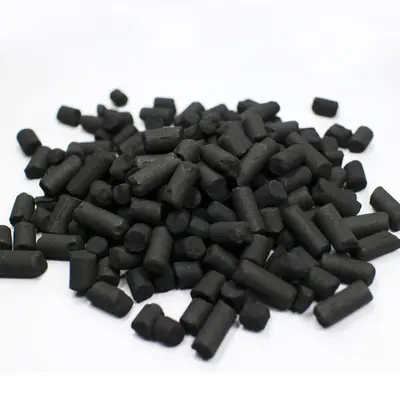

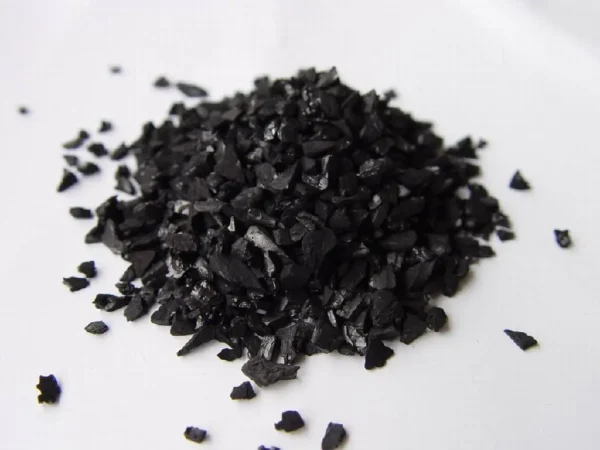
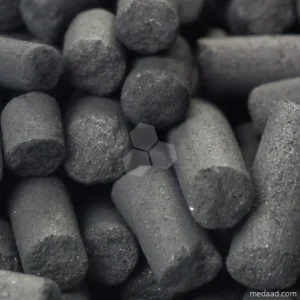

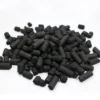

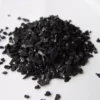
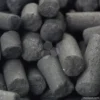



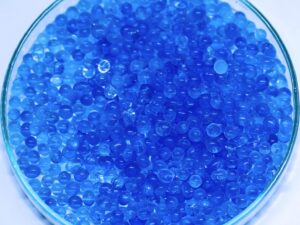
Reviews
There are no reviews yet.